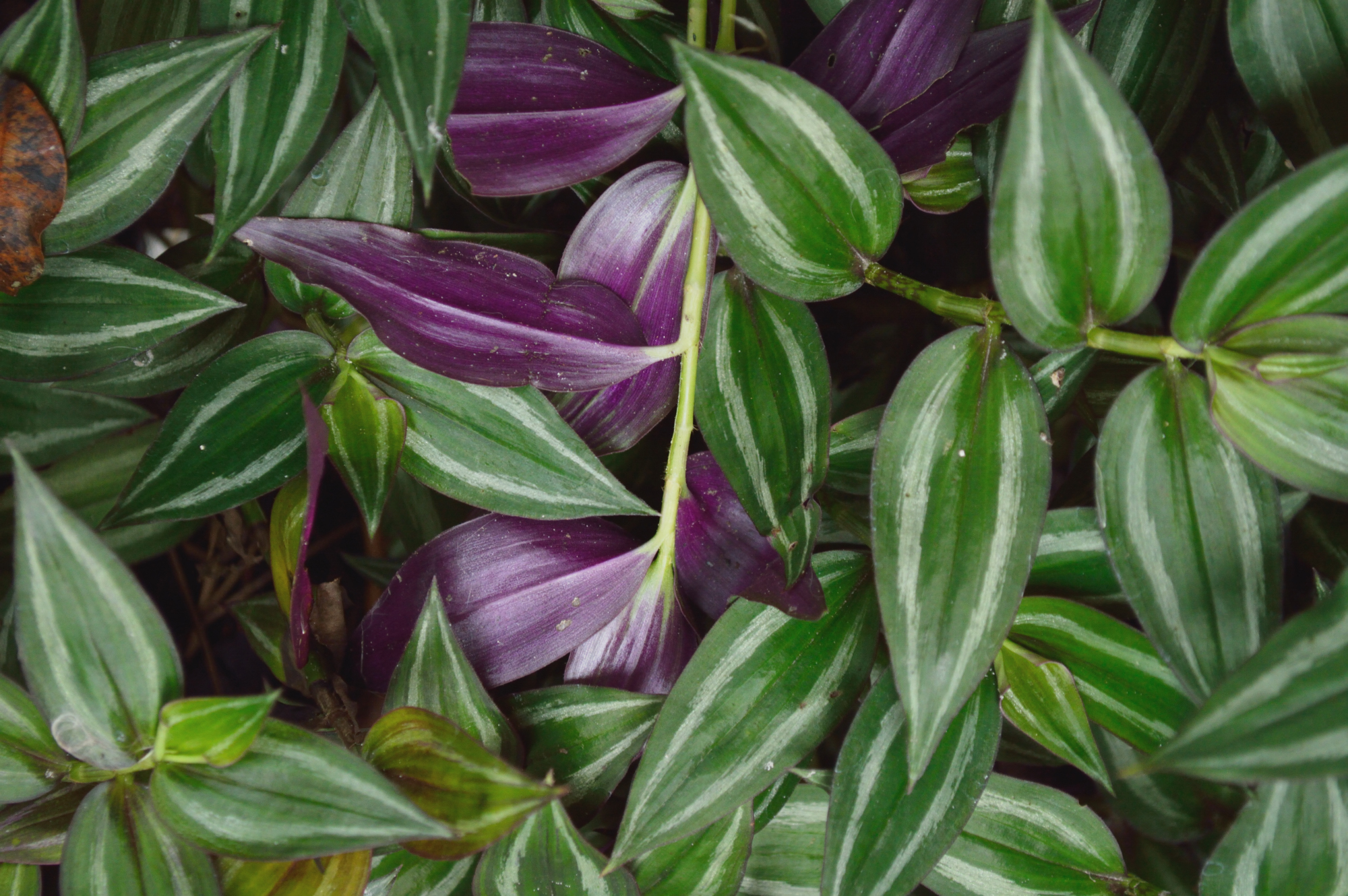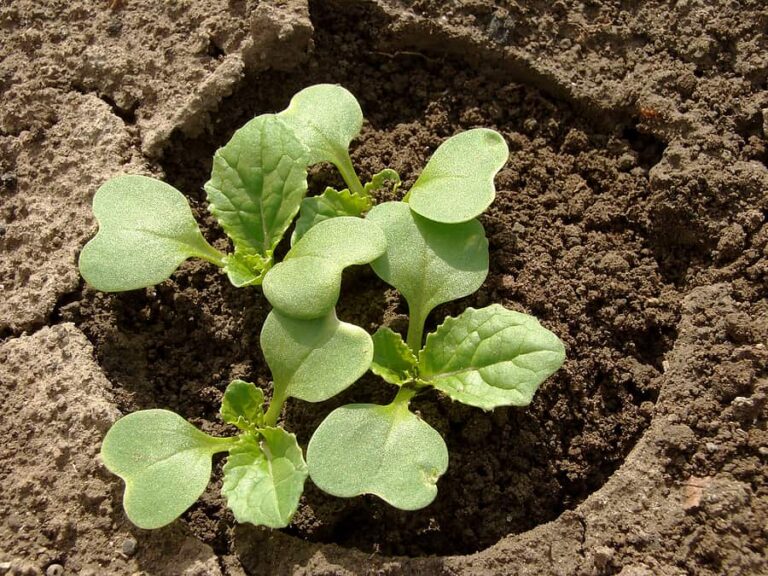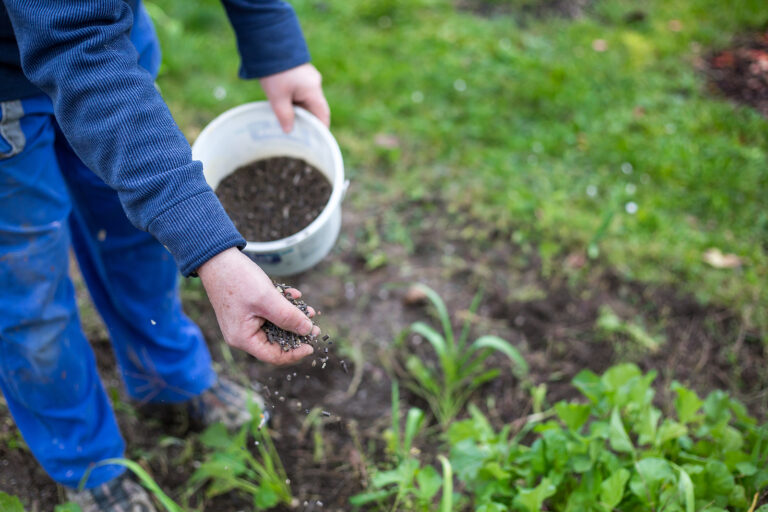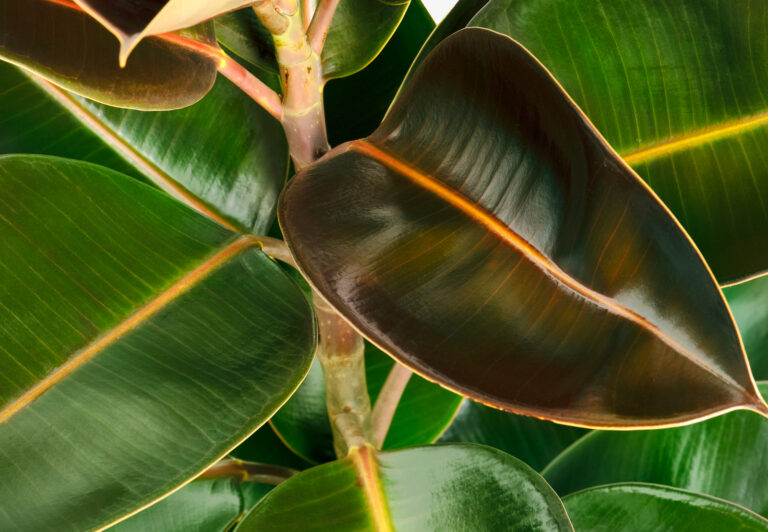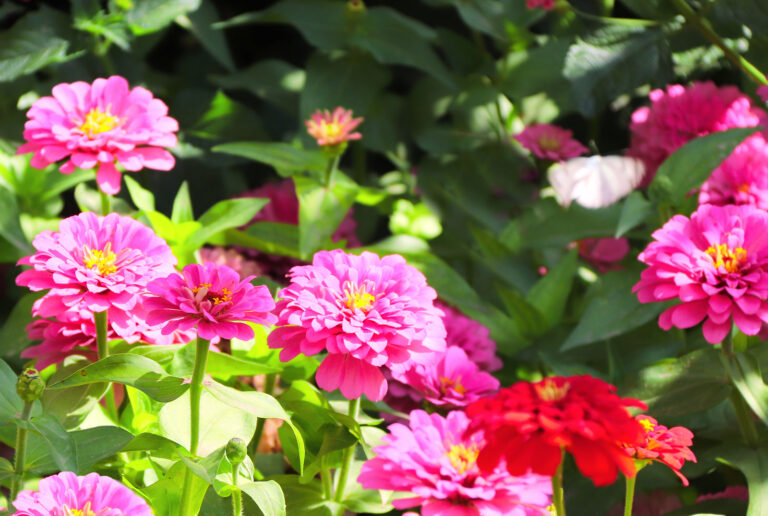How to Grow Wandering Jew — Tradescantia
Tradescantia is a genus of creeping, trailing, or tuft-forming tropical foliage plants. One species, Tradescantia fluminensis–commonly called wandering Jew–has handsome iridescent green and purple striped leaves. Another, T. andersoniana–known as spiderwort–looks like a small corn plant with numerous iris-like blossoms.
Tradescantias are evergreen perennials in warm-winter regions, mostly short-lived. They are suitable for herbaceous borders or can be grown as ground covers. Tradescantia will cascade from hanging baskets and they are often grown as houseplants.
Tradescantia is very easy to grow from cuttings. They need afternoon shade in hot summer regions. Pinching back growing tips will encourage bushiness.
Tradescantia is a genus of 65 species of creeping and trailing perennials native North, Central, and South America.
Get to know Tradescantia
- Plant type: Tropical evergreen trailing perennial
- Growing Zones and range: Zones 10-11
- Hardiness: Tender
- Optimal growing temperature: day 70°F (21°), night 50° to 55°F (10°-21°C)
- Height and width: Trailing stems to 12 inches (30cm) long
- Foliage: Green 2 to 3 inches (5-7cm) leaves colored or striped with iridescent red, purple, yellow, pink, and/or silver.
- Flowers: Small saucer-shaped flowers with 3 petals
- Flower colors: Purple, blue, pink, lilac, white
- Bloom time: Spring and summer
- Uses: Tropical garden, hanging baskets, houseplant
- Common name: Wandering Jew, inch plant
- Botanical name: Tradescantia
- Family: Commelinaceae
- Origin: North, Central and South America
Where to plant Tradescantia
- Light outdoors: Grow Tradescantia in full sun or partial shade.
- Light indoors: Grow Tradescantia in bright light, even some direct light.
- Soil outdoors: Plant in moist, humus-rich fertile soil.
- Soil indoors: Grow Tradescantia in all-purpose potting mix.
Tradescantia uses and companions
- Tradescantia can be massed in informal, cottage, or naturalistic gardens.
- Hardy species such as T. andersoniana are suitable for a mixed border.
- Tradescantia can be grown in a hanging basket or as a houseplant.
- Good garden companions for Tradescantia include Chelone, Digitalis, Filipendula, Iris, Lythrum, Trollius.

How to water and feed Tradescantia
- Keep the soil just moist; allow the soil surface to dry a bit between waterings. Keep Tradescantia drier in winter.
- Fertilize Tradescantia with dilute fertilizer twice a month.
Tradescantia care
- Pinch back Tradescantia new growth often to keep the plant full.
- Setting Tradescantia on a tray with pebbles and water will maintain humidity.
- If leaves fade, move the plant into brighter light.
- If older plants get scraggly, take cuttings to start new plants.
Growing Tradescantia as a houseplant
- Tradescantia fluminensis, wandering Jew, and T. sillamontana, white velvet plant, are often grown as houseplants.
- Tradescantia needs bright light, an average room temperature, and medium to high humidity.
- The soil should be allowed to dry between watrerings.
- Fertilizer can be applied regularly in spring and summer.
- Dried leaves should be removed and the stems should be pinched back frequently to encourage full, bushy growth.
Tradescantia pests and diseases
- Tradescantia is susceptible to damage by mealybugs, scale insects, spider mites, and whiteflies.
Tradescantia propagation
- Tradescantia stem cuttings root easily.
- Tradescantia seeds will germinat in 10 to 40 days at 70°F (20°C).
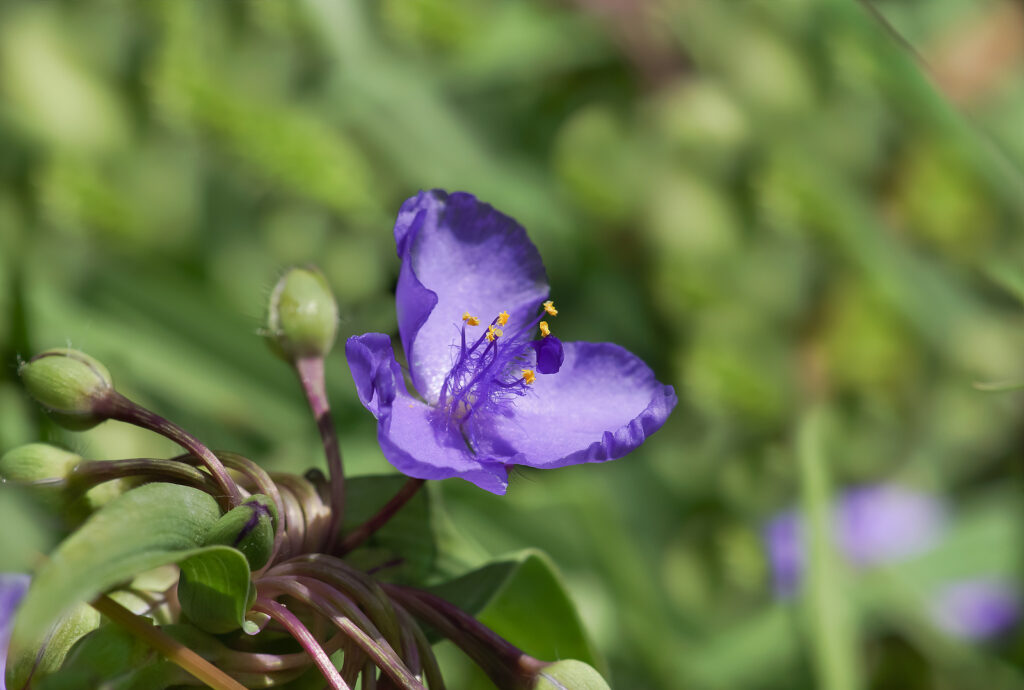
Tradescantia varieties to grow
- Tradescanti albiflora ‘Albovittata’. Ovate, blue-green leaves striped with white; white flowers.
- T. albiflora ‘Laekenensis’. Pale green leaes with white and purple stripes.
- T. andersoniana, spoiderwort. Grows to 2 feet tall; stems look like small corn plants; clusters of flower buds appear atop each stem. Hardy to -20°F (-29°C).
- T. blossfeldiana. Dark green, oval leavs with hairy, reddish purple undersides; pink to purple flowers with white centers.
- T. blossfeldiana ‘Variegata’. Soilid green, solid white, and green and white striped leaves on the same plant.
- T. fluminensis, wandering Jew. Grows to 24 inches in length; upper leaf surfaces are blue-green, undersides are deep purple; flowers are white; cultivar ‘Variegata’ has leaves with white lengthwise stripes.
- T. sillamontana, white velvet plant. Wavy-deged green leaves covered with white hairs; stems and leaf undersides are purple; rosy purple flowers, appear summer through fall.
- T. spathacea, Moses-in-the-cradle. Rosettes of semi-erect, lance-shaped leaves, dark green and deep purple beneath; white flowers.
- T. virginiana, Virginiat spiderwort. Perennial native to Eastern United States, Zones 4-9; grows 2 to 3 feet tall; bears 3 flared petals in blue, purple, magenta, or white.
- T. zebrina (formerly Zebrina pendula), wandering Jew. Trailing ovate bluisg hreen leaves with 2 longitudinal stripes, silver-green above rich purple beneath; purple-pink to purple flowers. Cultivars include: ‘Purpusii’ has dark, greenish-red leaves; ‘Quicksilver’ is green with silvery-white stripes; ‘Tricolor’ is white and pink striped.

